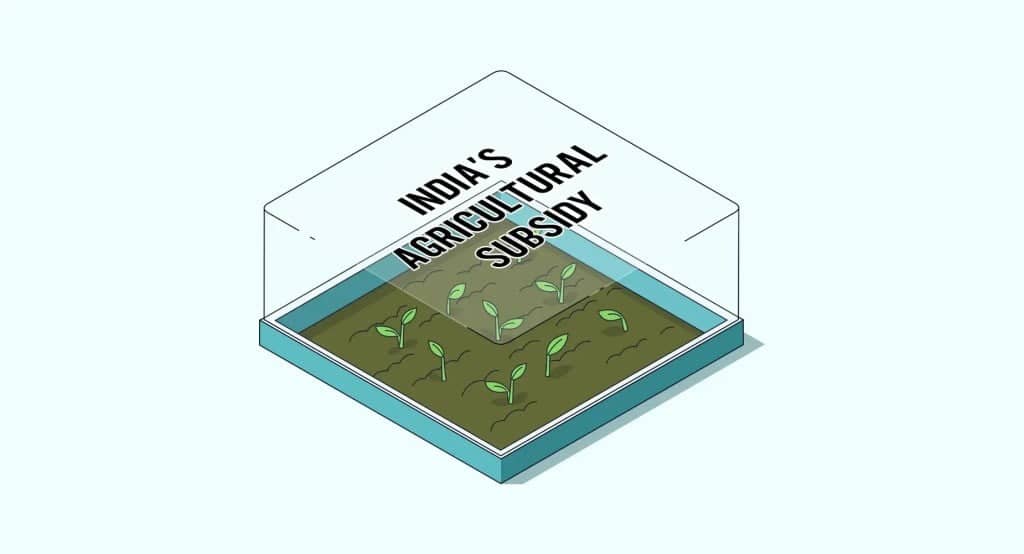The landscape of agricultural subsidies in India has undergone changes in recent years. As of 2025, the need for periodic review of subsidy schemes is paramount to ensure alignment with social equity and economic growth. The Public Distribution System (PDS) remains important mechanism for distributing food grains to the economically disadvantaged at subsidised rates. However, the overall subsidy for agriculture and fertiliser sectors has been declining as a percentage of the Gross Domestic Product (GDP). Factors such as the recovery from the Covid-19 pandemic and the global economic impact of the Russia-Ukraine war have influenced these trends.
Current State of Subsidies
Subsidies for food grains and fertilisers are essential for supporting the agricultural backbone of India. Recent reports indicate a potential correction in subsidy values due to changing economic conditions. The reduction in subsidies raises concerns about the financial burden on taxpayers while simultaneously considering the benefits to the underprivileged sections of society.
Key Subsidy Schemes
Impact on Farmers and Taxpayers
The fluctuation in subsidy amounts raises questions about its implications for farmers and taxpayers. While subsidies are crucial for supporting small and marginal farmers, any reduction could adversely affect agricultural productivity and farmer incomes. Conversely, increased subsidies could lead to a heavier tax burden on the general populace.
- PDS – Public Distribution System for food grain distribution.
- SMSP – Sub-Mission on Seeds & Planting Materials.
- SMAM – Sub Mission on Agricultural Mechanisation.
- PMKSY – Pradhan Mantri Krishi Sinchai Yojana for irrigation.
- AMI – Agricultural Marketing Infrastructure for storage.
Future Directions for Subsidy Schemes
The ongoing assessment and modification of subsidy schemes are essential for maximising benefits to farmers. The government aims to adapt these initiatives to current economic conditions, ensuring that support reaches those who need it most while maintaining fiscal responsibility.

Leave a Reply